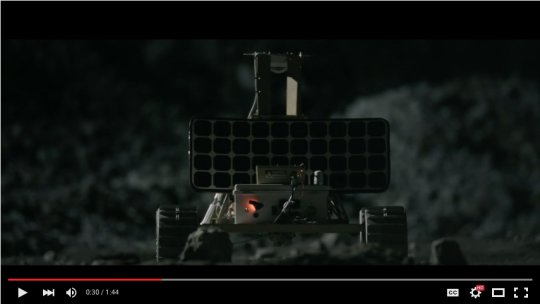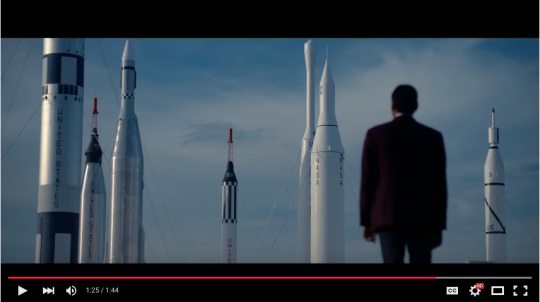J.J. Abrams makes movies about Google’s robots-on-the-moon XPrize: what’s not to like?
If the prospect of privately-funded robots crawling across the moon as part of a $30 million competition doesn’t entice you, would a series of short films about the teams building those bots get you more interested?
What if J.J. Abrams executive-produced those shorts?
Somebody at Google obviously thinks all of that sounds pretty cool, as the company got together with Abrams and director Orlando von Einsiedel to produce Moon Shot, a set of nine short videos about the teams competing to win its Lunar XPrize by the end of 2017.
The company posted a trailer this morning; the full set of shorts will appear on Google Play March 15 and on YouTube March 17.
The trailer looks awesome — sorry, Abrams enthusiasts, no lens flares observed — but what else would you expect when the subject matter is robots on the moon?

Why XPrizes?
The Lunar Prize is Google’s contribution to a growing array of XPrizes — contests bankrolled by investors hoping that the lure of a large payout will coax inventors to make breakthrough advances in technology that have eluded the best efforts of governments.
The first among them was the Ansari XPrize, the competition launched in 1996 with $10 million at stake for the first privately-financed team to fly a spaceship to an altitude of 100 kilometers — the recognized boundary between Earth’s atmosphere and space — and then repeat the flight within two weeks.
Eight years later, the team behind SpaceShipOne accomplished that unprecedented feat, and that vehicle now holds a place of honor at the National Air & Space Museum. (No other private spacecraft has completed a suborbital flight since, but that’s a separate issue.)
Google’s lunar ambitions
Google’s contribution to the growing list of XPrize contests requires the winners to send their hardware much farther. The teams must land a rover on the moon, have it travel 500 meters and transmit high-definition video and pictures back to Earth. The first team to do that by the end of 2017 gets $20 million, with a second-place finish netting $5 million.
The teams also have to prove that 90 percent of their funding came from private sources and to announce a launch contract before this year is out.

The 16 teams vying for the award hail from Brazil, Canada, Chile, Germany, Hungary, India, Italy, Japan, Israel, Malaysia, and the United States; a few label themselves as simply “international.”
(As far as I can tell, Google’s decision to bankroll this project has no connection with its 2004 April Fool’s post about building a “lunar hosting and research center.” But you never know…)
I happened to meet one of the teams — the Pittsburgh-based Astrobotic, whose chairman, William “Red” Whittaker, leads off the Moon Shot trailer — last summer when I attended the Demo Day at the White House.
Astrobotic plans to launch its Griffin lander and Andy rover on a SpaceX Falcon 9 rocket. It will share room under the rocket’s payload shroud with two competing rovers from Japan’s Hakuto project. The Hakuto rovers will line up and race with Astrobotic’s Andy to see which can clock the required 500 meters first.
What’s the ultimate goal of all this? Astrobotic’s John Thornton had a simple mission statement when I asked him at the Demo Day: “We want to make the Moon the eighth continent.”
Email Rob at rob@robpegoraro.com; follow him on Twitter at @robpegoraro.

